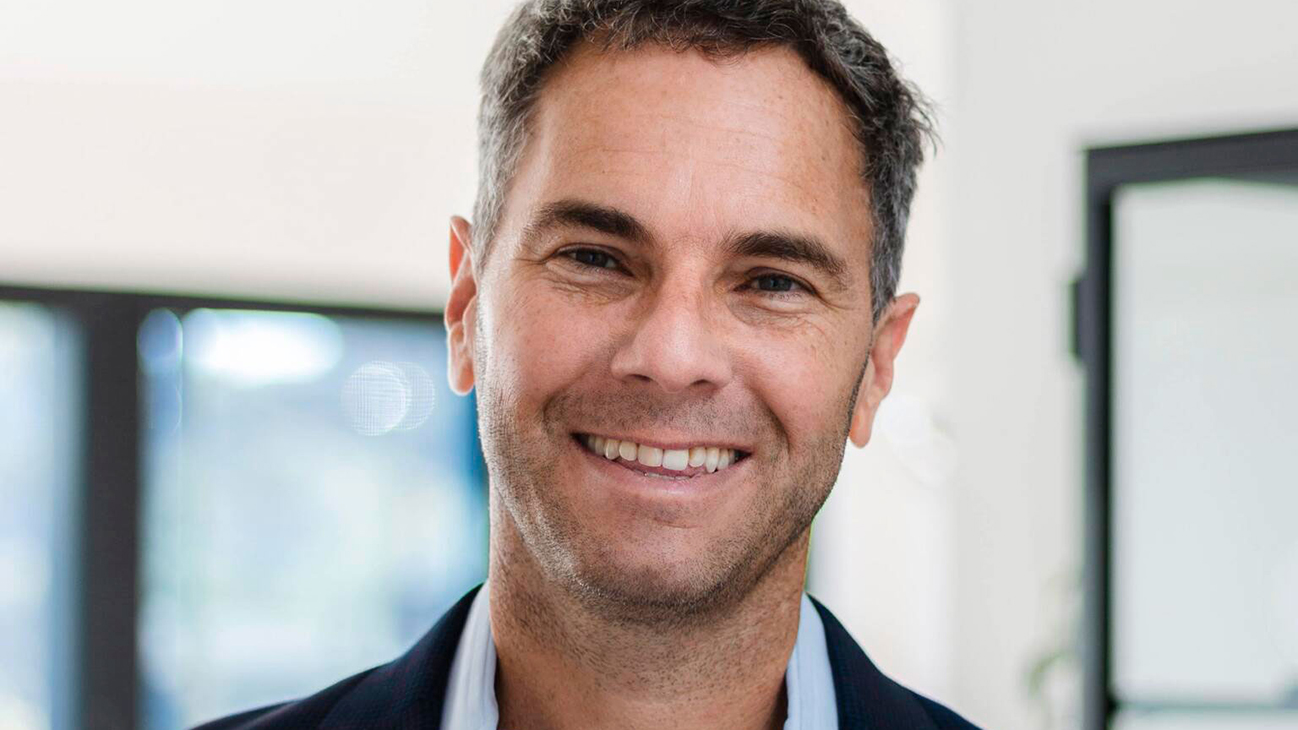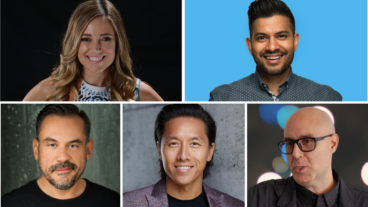Today Shazam is considered one of the world’s most popular apps — hear a song, Shazam it! But just over 20 years ago, this technology didn’t exist. Chris Barton wanted a way to identify the songs he was hearing everywhere around him. There wasn’t one — so he invented it.
Founded in 2002, Shazam was far ahead of its time — three years before iTunes, seven years before the iPhone, and eight years before the App Store. In its ideation stage, Chris was told by professors at both MIT and Stanford that his idea was impossible, but he refused to take no for an answer. Besides building a new technology that had yet to exist in the world, he also built a search engine supercomputer from scratch and created the world’s largest music database.
For six years, Shazam teetered on the brink of bankruptcy as it waited for key digital advancements to arrive, and when they did, Shazam was finally able to unleash its full potential on the world. In 2018, it was acquired by Apple for $400 million and it now has over two billion downloads.
Chris’ incredible entrepreneurial story is one of resilience, creativity, and the belief that we can create magic in defiance of any and all obstacles. He shared his story of making the impossible possible with Tony Robbins on his podcast. See our summary below.
Before we dive into your Shazam story, let’s talk a little about your background. Did you always have this belief inside of you that says, “I can do things that people say are impossible”?
I had my own challenges of just getting through basic academics. Growing up, similar to my son, I have undiagnosed dyslexia and ADHD. And so you have to cope, and come up with your own coping strategies, and define your own ways.
Do you think your dyslexia and ADHD made you more creative?
Yes, and I teach my son this too. I’ve read about dyslexia and ADHD, and what’s interesting about both of them is that while they make traditional academics a challenge and they make it hard to get good grades, it has nothing to do with a person’s aptitude… people like Charles Schwab and Richard Branson are dyslexic. I really believe it gives you superpowers. In fact, the thinking of dyslexics, they call it big picture thinking. An ability to see orders of magnitude and more variables at the same time, and have clarity about what’s going to happen.
Tell us how you got the breakthrough idea for Shazam.
The breakthrough idea with Shazam was not, “Hey, wouldn’t it be great if you could identify a song with a mobile phone?” That was not the breakthrough idea because there were actually about six companies doing that. They all embarked on trying to identify songs with a mobile phone using the current radio technology available at the time.
I was taking a class at London Business School called Strategic Innovation taught by Costas Markides. And it was really encouraging you to think outside the box about everything, question everything.
And I was thinking about if I created a business where I would track what’s going on in all these radio stations, and it would be similar to these other startups, what could someone do that would leapfrog me, that would just leave me behind in the dust? That’s the strategic innovation.
Invest all these years building this business, what would just leave me in the dust and just make the business irrelevant. And then, that was the breakthrough. Because then I thought, what if you could just identify the song from the air? Not from the radio stations. Literally, in the air. And then, you wouldn’t have to enter the radio station. And not only that, but it wouldn’t just work for radio play. You’d use it in cafes, bars, clubs, movie theaters, everywhere you go. Anywhere you hear a song because it’s not just radio out there.
Did you think Shazam was going to just explode? What actually happened?
We thought, once we launch this thing, it’s just going to take off like wildfire. But the reality is, we had to have a business model at the time. And there was no advertising. There wasn’t even a graphical user interface. So, our model was much like calling 411, where each time you used it, you paid a small fee. And so, that was a bit of a problem, a bit of a hurdle to usage. But ultimately, we learned that just getting the word out is such a difficult thing. And it doesn’t matter how great of an idea or great of a product you have, sometimes just getting the word out is so much harder than you realize. I worked at Dropbox, and it was the same kind of thing. They had this amazing product, but getting the word out was just so difficult.
Plus, you were so far ahead of the time in terms of technology. You thought it would take off, but obviously it didn’t at the level you’d hoped. Were you able to make money at that?
We were really struggling. We had a marketing budget. That was part of the seven and a half million dollars. And we made web banner ads, radio ads… We even hired people to walk into bars and just tell people about Shazam. So, we were doing everything you can.
Our first market was the UK. And when we launched, we were usable by anyone with a mobile phone because all you needed was a phone that could make a phone call and get a text message. So, you didn’t need some advanced phone to use Shazam.
But we learned that just the amount you spend on marketing to drive awareness to someone was just more than the little bit of money that we made every time someone Shazam-ed. And so, we struggled. We barely survived. We actually had two rounds of layoffs. We probably were near bankruptcy for the entire six-year period between launching in 2002 and the app store coming out in 2008.
When did you know it was going to work? Was it iTunes? When did the breakthrough happen for you? And then how did you get tied up with Apple?
The day the app store launched was definitely the day.
From day one, Shazam was an app. In fact, Apple wanted to showcase amazing things that would show off their new phone — at this point, the iPhone had been out a year. So, during that year, they reached out to various companies, some of them gaming companies, for example. And they thought, what are great showcase apps that we can co-develop? They provided guidance on what it could look like and so on.
And so Shazam was right at the opening of the app store. And they immediately had this concept of ranking apps based on popularity. And then the app store just grew, and grew, and grew, and grew, and grew with more and more apps, and more and more people, and more and more phones. And there’s Shazam, just stayed there in that top 20 or even top 100. It would vary by country and time, but it just always remained one of the most popular apps.
What did you experience when you sold the company? Was there excitement? Was there any sense of loss because you built it? Was it a dream fulfilled? And did it change your life in any way?
It was such a wonderful outcome as an entrepreneur because it is your baby. And I was so obsessed with it.
Especially when everybody told you it was impossible.
Yes, yes. I know. It was so satisfying to see, this is now out there, and people use it, and the awareness is incredible. I remember going into a grocery store and then suddenly, right in front of me in line, a person says, “What’s that song?” And the person behind the counter is like, “Get out Shazam.” And this whole interaction is going on right in front of me. And those moments are just so satisfying.
And ultimately, when you care so deeply about this baby that you’re so obsessed with, where it ends up matters. And the fact that it ended up with Apple made me so happy. The first thing they did is remove all the advertising. We needed advertising. That was the last of the business models that we got to, and it ended up becoming our primary revenue stream because we had to survive. But Apple didn’t need the advertising revenue. So, they just removed that, and then the app became even cleaner, and faster, and more beautiful. And it just fit so well with Apple. So I was delighted from day one that, that’s where it ended up.
Watch the whole conversation in the video below:
Chris Barton has cemented his position in tech history. Aside from Shazam, he is also a founding member of Google’s Android Partnerships team, led carrier partnerships at Dropbox and holds 12 patents, including one found within the Google search algorithm that billions of people use every day.
Chris’ incredible story captivates audiences and leaves them inspired to make big things happen in their organizations. Contact us to learn more about to book Chris for your next event.




